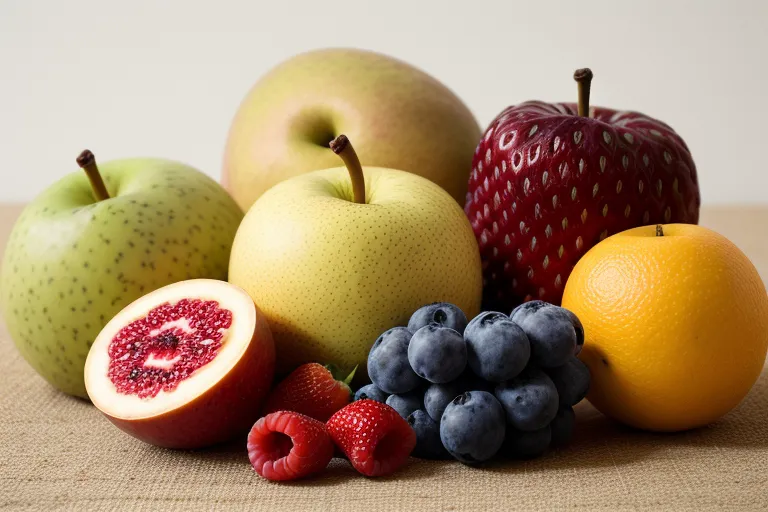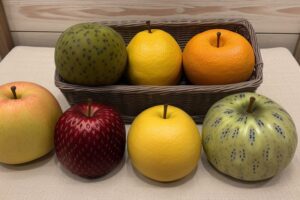South Africa’s agricultural sector is buzzing with excitement as green apple production in the country reaches unprecedented heights. The latest figures released by the South African Department of Agriculture, Forestry and Fisheries (DAFF) indicate a remarkable surge in green apple cultivation across various regions. This surge not only spells good news for local farmers but also has significant implications for the country’s economy and international trade.
Incredible Growth in Green Apple Cultivation
According to the recent report published by DAFF, green apple production in South Africa has witnessed a staggering 30% increase compared to the previous year. This surge can be attributed to several factors, including favorable weather conditions, improved agricultural practices, and increased investment in the sector. South Africa’s diverse climatic zones provide ideal conditions for growing a variety of fruits, with the temperate regions particularly suitable for apple cultivation.
Key Regions Driving the Growth
The growth in green apple production is not uniform across all regions of South Africa. Certain key areas have emerged as primary contributors to this surge. The Western Cape province, renowned for its fertile soil and Mediterranean climate, leads the pack with a 40% increase in apple orchards. Other regions such as Eastern Cape and Kwazulu-Natal have also seen substantial growth, further diversifying the country’s apple farming landscape.
Impact on Local Economy and Employment
The surge in green apple production is not just a boon for farmers but also has far-reaching impacts on the local economy. With increased production comes a surge in employment opportunities, particularly in rural areas where agriculture serves as a primary source of livelihood. The influx of jobs in apple orchards, packing facilities, and distribution networks contributes to poverty alleviation and economic empowerment in these regions.
Export Opportunities and International Trade
South Africa’s thriving green apple industry is not limited to catering to domestic demand alone. The surplus production opens up lucrative opportunities for export to international markets. Countries in Europe, Asia, and the Middle East are major importers of South African green apples, drawn by their superior quality and freshness. The surge in exports not only boosts revenue for local farmers and exporters but also strengthens South Africa’s position in the global fruit market.
Conclusion
The exponential growth in green apple production marks a significant milestone for South Africa’s agricultural sector. With favorable conditions driving increased cultivation and strong demand both domestically and internationally, the future looks promising for apple farmers across the country. As South Africa continues to solidify its position as a key player in the global fruit market, stakeholders remain optimistic about the continued growth and prosperity of the green apple industry.




















+ There are no comments
Add yours